For this final part of our Deep Dive into Temperature I wanted to focus on knowing when our bread is baked.
There are many indicators we can use to help inform us as to when our bread is baked. Any one of them on their own will not give a true indication, but together they can tell us when our loaf is fully baked.
Colour of the Crust: Golden, chestnut, burnt sienna. A range of colours created as sugars in the dough caramelise and the Maillard reaction comes into effect. These reactions also create a sweetness to the crust of our breads
Sound of the Bread: Most people will be familiar with the idea of tapping the bottom or side of the loaf with your fingers. If it sounds hollow, it’s a good sign that the bread is fully baked. This indicates that the interior has baked through, and the water has evaporated properly.
Firmness and Texture: Gently press the top of the loaf. It should feel firm and resilient. If the crust is still soft or feels too spongy, it likely needs more time in the oven. The crust will usually soften up as it cools down.
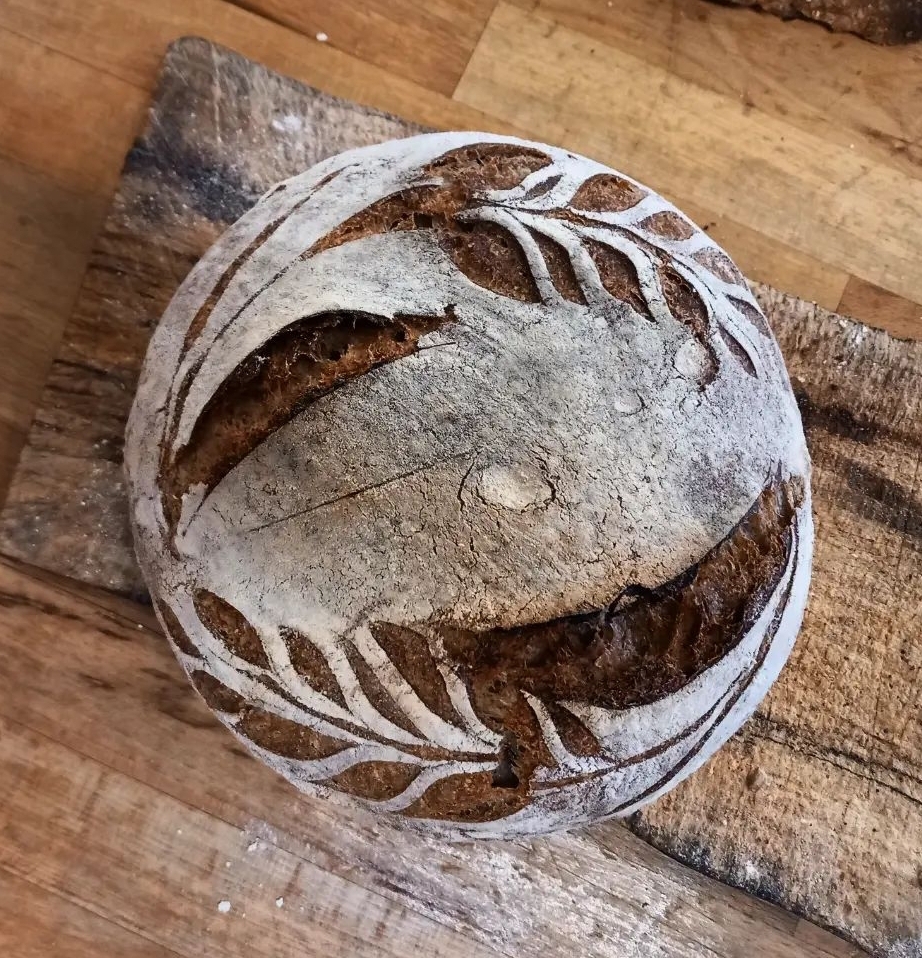
Aroma: Related to caramelisation and the Maillard reaction mentioned above, your kitchen should be filled with a rich, nutty, and toasty aroma when the bread is nearing completion. These aromas are produced when the bread is close to being fully baked.
Visual Cues for Specific Breads: If the edges of the bread (especially at the bottom) are still pale or doughy-looking, the bread needs more time. Pay close attention to enriched breads or those baked in pans, as they can sometimes deceive you with a well-browned top while remaining underbaked underneath.
Internal Temperature: For me, this is the greatest indicator of when a loaf is baked. Yes, looking and feeling the outside of our loaf gives us visual indications, but we still don’t know if it is fully baked until we check what is happening inside the loaf.
Using a kitchen probe thermometer, insert it into the centre of the loaf, and the internal temperature should read between (90°C to 99°C), depending on the type of bread. If the temperature is less than 90°C it’s not baked. Ideally you are looking at an internal temperature of between 93-97°C.
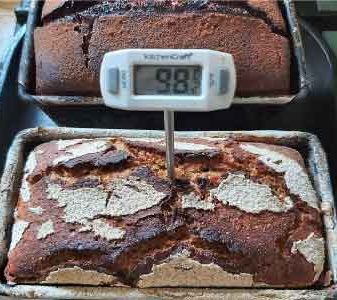
If the internal temperature is below 90°C, just pop the bread back into the oven, it only takes one or two minutes to increase the dough temperature by a further couple of degrees.
As we are focussing on temperature for this post, I’m going to expand on what happens to the crumb at different temperatures, and why it is important to get it above 90°C.
When our loaves are initially placed into an oven at 220-240°C there are quite a few physical, chemical and biological reactions.
Firstly the crust of the loaf will heat up and change, as the heat penetrates the loaf the crumb structure and physical form of the loaf will change dramatically.
We can break these changes down into broad temperature ranges:
27-70°C. Oven Spring and Crumb Gelatinisation.
Initially as the dough heats up yeast activity will increase and the amount of gases within the dough will also increase. The beneficial Lactobacillus Bacteria LAB will also continue to produce acids and increase the flavour of the dough.
The gases produced by yeasts will begin to expand dramatically and the dough will begin to rise. This action is known as Oven Spring.
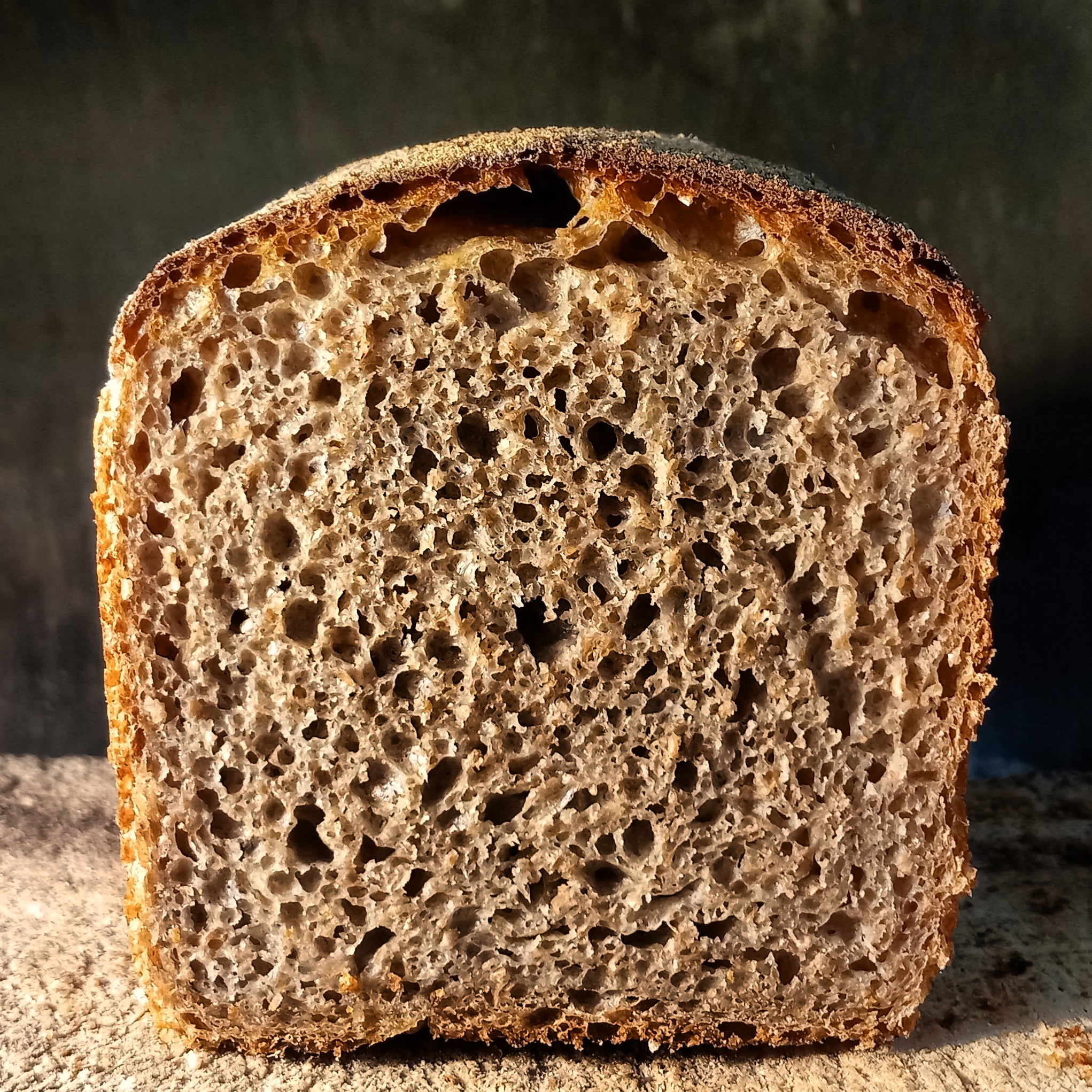
At approximately 40°C LAB will begin to die off, yeasts will continue to be active until approximately 60°C, after which they will begin to die off.
Also during this phase, the starch in the flour begins to absorb water and swell, this process is called gelatinization. This occurs at temperatures ranging from 50-70°C.
70-99°C Crumb Setting and Final Baking
As the internal temperature climbs from 70°C and beyond, the gluten network fully bonds together, setting the final structure of the crumb. The gluten proteins have now formed a strong network that holds the bread together.
Water continues to evaporate from the dough, further setting the crumb. The amount of water that evaporates affects the texture of the crumb—too much evaporation can lead to a dry crumb, while retaining some moisture results in a tender crumb. This is why it is usually preferable to finish baking when the crumb temperature is between 93-97°C
Final Internal Temperature (93°C – 99°C)
By the time the internal temperature of the bread reaches 93°C – 99°C, the crumb is fully set. At this temperature, the bread should be baked through, with no raw or doughy spots. The crumb should have a soft, airy structure with evenly distributed air pockets.
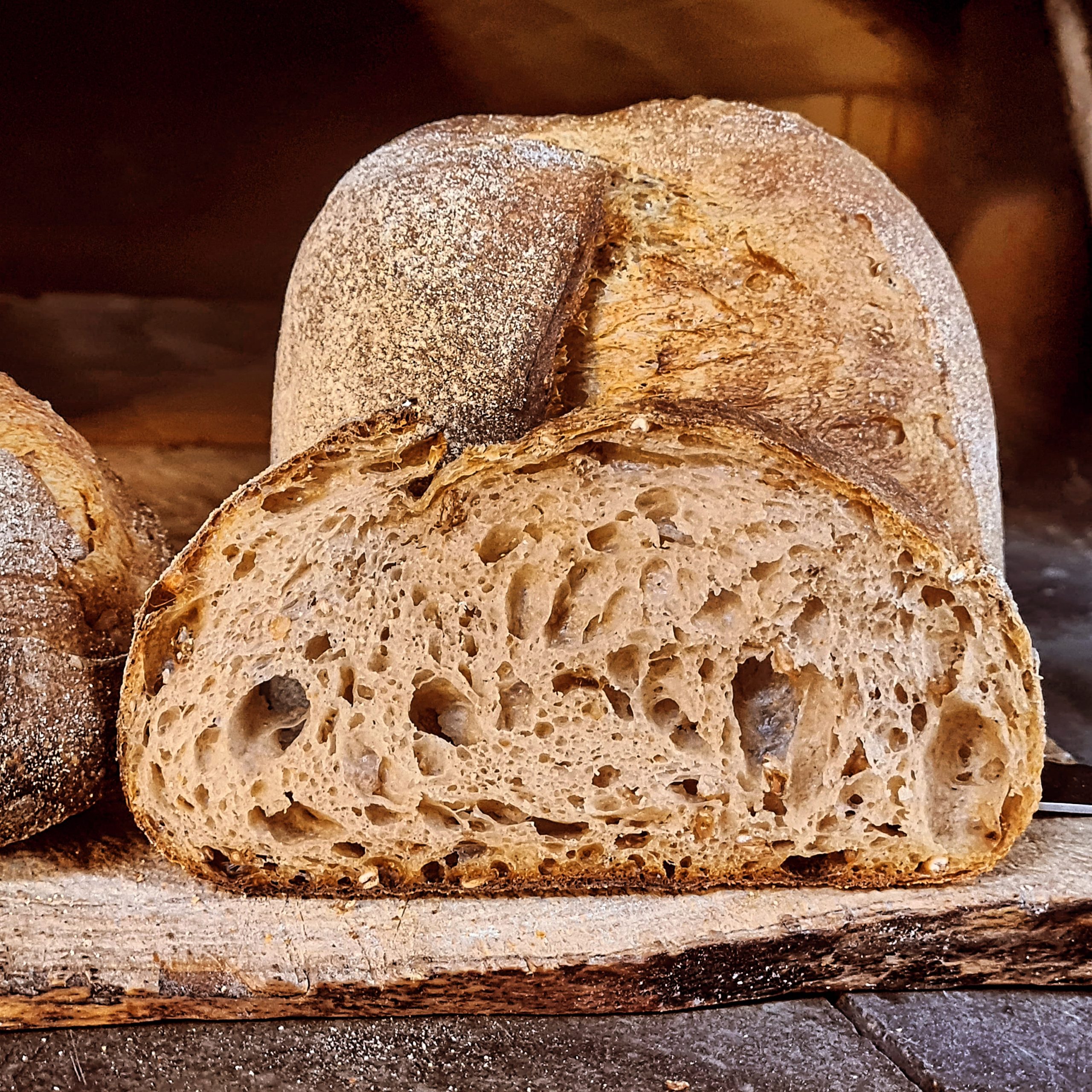
Final Tip:
Cooling: Once the bread is out of the oven, it’s a good idea to let it cool on a wire rack. This helps the interior set completely and prevents the crust from becoming soggy due to trapped steam. During cooling, the bread will continue to cook slightly from residual heat.
I hope you found this Deep Dive into Temperature interesting and helpful with your baking.
I’d love to hear what you think, feel free to drop a comment into the section below.
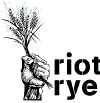
Leave A Comment